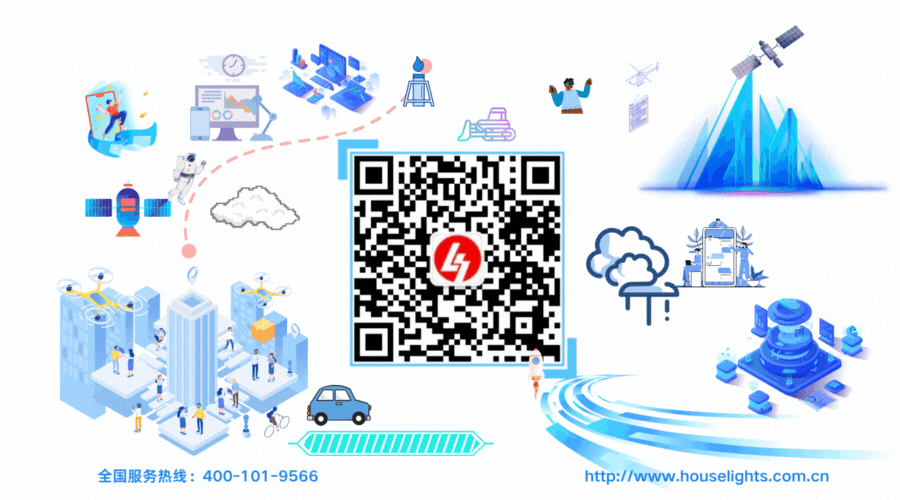
What is MINI LED?
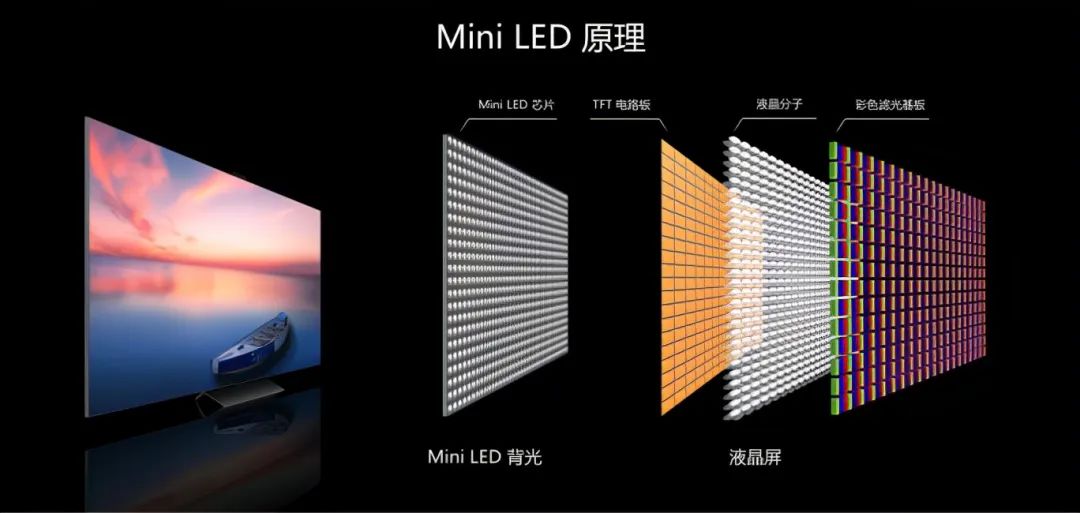
MINI LED is a sub-millimeter light-emitting diode. According to the “General Technical Specification for Mini LED Commercial Displays” group standard, its chip size ranges between 50–200μm. It can be considered as a smaller, denser array of LED pixels and driving circuits, forming a luminous unit with a pixel center spacing of 0.3–1.5mm, used in backlight zones as a display technology.
Its working principle is to filter light through liquid crystal molecules while changing the traditional surface light source into point light sources, making each LED bulb approximately the size of a pixel to achieve ultra-high contrast. In this process, it can utilize the rotation of liquid crystal molecules to control light passage, and also rely on the point light sources behind it to control the LED bulbs individually via chips, thus achieving precise light control effects.
For example, traditional LED backlight modules are like a large surface light source, emitting light relatively uniformly but making it difficult to finely control the brightness of different areas. In contrast, MINI LED transforms this large surface light source into numerous tiny point light sources, each point light source acts like an independent “small light,” allowing for precise decisions on which “small lights” are on or off based on the display needs, making bright areas brighter and dark areas darker, resulting in very high contrast and clear, detailed image quality.
Current Development Status of MINI LED
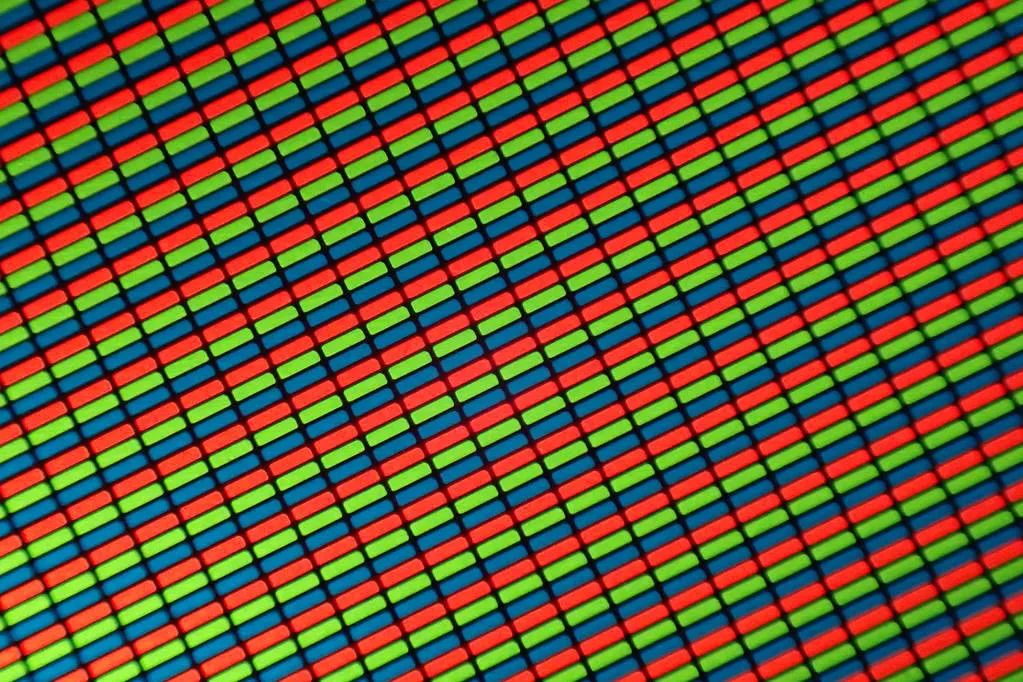
Market Scale Growth
In recent years, MINI LED has shown strong development momentum in the market. According to data from Lottu Technology, the global shipment of MINI LED TVs reached [X] units in 2023, achieving a growth rate of [X]% compared to the previous year. In the Chinese market, its shipment was also considerable, reaching [X] units, with a growth rate exceeding [X]%. Furthermore, in terms of penetration rate, the share of MINI LED TVs in the overall TV market is steadily increasing, gradually becoming one of the important choices for many consumers when purchasing TVs. Reports from industry experts predict that by 2024, the global and Chinese shipment of MINI LED TVs will continue to rise, further expanding its market share, showcasing the vigorous development trend of MINI LED in the market.
Brand Layout
In terms of brand layout, MINI LED TVs exhibit a noticeable regional characteristic. In the OLED TV sector, Japanese and Korean manufacturers have long dominated, with well-known brands like Sony, Samsung, and LG occupying important positions in this field due to their advanced technologies and mature supply chains. However, in the MINI LED TV sector, Chinese companies are the main force, such as Hisense, TCL, and Skyworth, which have significantly increased their R&D investments, launching numerous excellent MINI LED TV products that have gained a good reputation and sales in the global market. This change in structure is significant for the global display industry’s weight distribution, indicating that Chinese enterprises are gradually establishing a foothold in the critical race of display technology, beginning to compete vigorously with internationally established brands in the high-end display field, promoting the global display industry towards diversification and balance.
Advantages of MINI LED
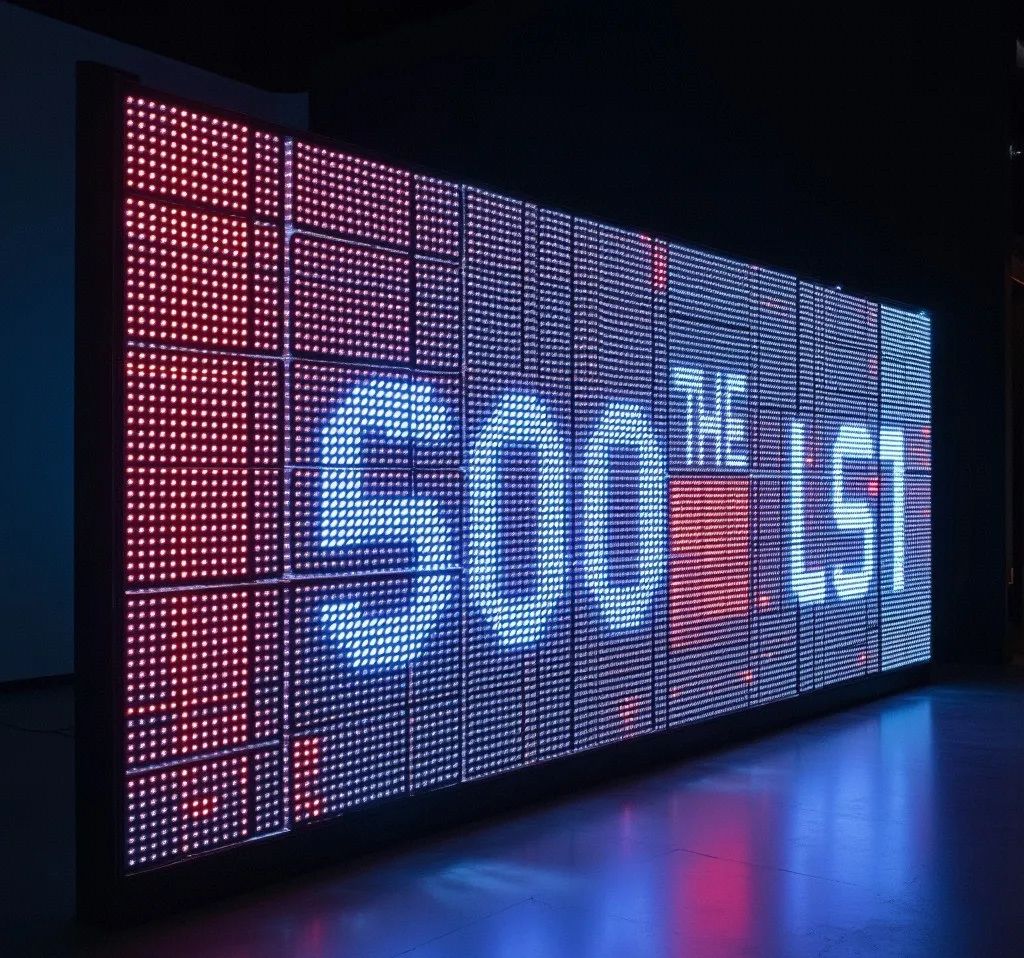
Picture Quality Enhancement
MINI LED has many remarkable advantages in picture quality. Firstly, in terms of brightness, it has achieved a breakthrough. Traditional LED and OLED screens find it challenging to achieve a maximum peak brightness of over 1000 nits; even if they can, it is often at the cost of screen lifespan. However, the MINI LED technology has shifted from side-lit backlight to direct-lit, allowing for more bulbs within the same-sized panel, significantly enhancing display brightness. With advancements in mass transfer technology and die bonding technology, the size of MINI LED chips has gradually decreased, and the brightness of its light boards can even reach tens of thousands of nits. After filtering through films and LCD screens, the brightness of display terminal products can reach HDR 1000-2000, nearly a magnitude higher than traditional LCD screens. For example, the TCL X11H product has a peak brightness of up to 6500 nits, effectively restoring scene texture in high dynamic range environments, allowing both bright and dark details to be showcased.
In terms of contrast, MINI LED achieves a higher level through ultra-high partition precision control. It features local dimming technology, allowing for dynamic adjustment of the overall picture through fine partitioning, thus achieving high dynamic contrast. In dark room conditions, the theoretical contrast of MINI LED is comparable to that of OLED screens, reaching virtually infinite levels; in a 300 Lux ambient light condition (typical environment), MINI LED’s contrast is about 45% higher than that of OLED. For instance, the 85-inch version of TCL X11H has 10,368 partitions, while the 98-inch version has even reached 14,112 backlight partitions, more than doubling from the previous generation. When faced with irregular light and dark patterns, such as the light from a rocket’s exhaust during launch, it can achieve dark areas that are dark and bright areas that are bright, presenting multi-level brightness and clear image layers.
In terms of color performance, MINI LED can present a wider color gamut. It possesses a precision high-brightness backlight, coupled with advanced quantum dot optical architecture, significantly enhancing the screen’s color gamut performance, supporting QHU/UHD/4k/8K high definitions. For instance, the TCL X11H achieves a color gamut of 98% under the DCI-P3 standard, capable of displaying 1.07 billion colors, with higher color purity and longer lifespan due to the support of quantum dot Pro 2024 technology, further enhancing color effects, making the image clearer and more vibrant, achieving a display effect closer to what the human eye perceives as true colors.
Energy Efficiency and Lifespan
MINI LED excels in energy efficiency and lifespan. In terms of energy efficiency, at the same brightness, the overall power consumption of MINI LED is 30% lower than that of OLED products. This is because the technology employed achieves high brightness display while having better energy consumption control mechanisms, making it more energy-efficient and environmentally friendly, contributing to low-carbon initiatives.
In terms of lifespan, MINI LED uses inorganic materials, which have a longer lifespan compared to the organic materials used in OLED. OLED products are prone to burn-in when displaying high brightness in specific areas or long-term playback of the same image, but MINI LED does not have this issue. For example, in everyday scenarios such as watching programs or playing games for extended periods, MINI LED TVs can operate more stably, reducing the costs and hassles associated with screen damage and replacement, showing a clear advantage from a long-term usage perspective.
Aesthetic and Eye Care Advantages
MINI LED products have unique advantages in design, achieving ultra-thin and ultra-light fashionable appearances. This is due to the flat and ultra-thin characteristics of the glass substrate, allowing display products that adopt this technology to have excellent visual presentation, such as most single-piece products adopting a seamless design, ensuring smooth transitions and a seamless appearance. Additionally, glass-based MINI LED products can also achieve curved designs like OLED, such as BOE’s COG (glass-based) backplane technology, which can achieve a curvature radius of R1000 for MNT products, providing excellent visual effects in professional design fields or gaming scenarios, while also blending well with various home styles.
In terms of eye care, MINI LED also performs excellently. It addresses halo issues through various technological means, such as TCL X11H, which features TCL’s global halo control technology, combining six crystal square chips II, super-light micro-lens, transient response, bi-directional 16bit, micro-distance OD, A++ butterfly star screen technology, solving halo issues throughout the entire light generation to imaging process, providing a truly comfortable viewing experience. Moreover, MINI LED products also achieve no flicker and low blue light, reducing eye irritation. For example, some TCL products equipped with eye care technology, ambient light sensing technology, etc., can adjust according to different light sources, ensuring clear images during the day and non-irritating viewing at night, making it more comfortable for consumers to watch TV for extended periods, reducing eye fatigue and providing certain protection for users’ vision health.
Applications of MINI LED
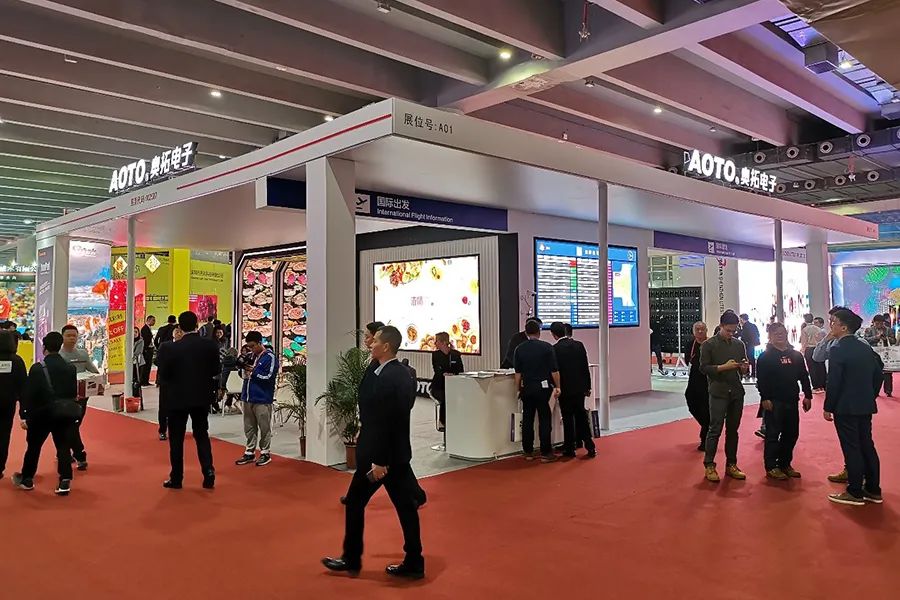
Television Applications
MINI LED’s application in the television field has become increasingly mature and is gradually becoming widespread. Nowadays, major television manufacturers are launching MINI LED TV products, creating a wave in the market.
For instance, TCL, which has performed exceptionally in this field, demonstrates strong technological innovation capabilities and leadership. As early as 2016, TCL initiated research on Mini LED technology and launched the world’s first Mini LED backlight TV in 2018. While other manufacturers only began to layout related products in 2019, TCL was already able to achieve mass production, subsequently launching new products continuously and driving technological iterations. Taking TCL X11H as an example, its peak brightness reaches 6500 nits, with numerous partitions that can precisely control backlight, presenting both high dynamic range scenes and complex light and dark interlacing scenarios, showcasing the details of the image for an ultimate visual experience.
In addition to TCL, domestic brands like Hisense and Skyworth are also not to be outdone, increasing R&D investments and launching many excellent MINI LED TV products, receiving good reviews and sales in the global market. For example, some Hisense products are equipped with self-researched image quality chips capable of fine-tuning images; some Skyworth TVs combine high-partition Mini LED technology with advanced backlight control to achieve high precision light control effects, also showcasing excellent picture quality.
On the foreign brand side, companies like Samsung and LG are also actively positioning themselves, launching their respective MINI LED TV models. They leverage their strong foundations in the display field and advanced technologies, making their products stand out in terms of picture quality and functions. For instance, some Samsung products exhibit impressive brightness performance, meeting various consumer demands for picture quality through different specifications; LG’s products have unique advantages, utilizing their expertise in panel technology combined with MINI LED to showcase excellent visual effects.
Overall, in the television sector, MINI LED, with its outstanding picture quality enhancements, is becoming an increasingly desirable choice for more consumers, with a very broad market outlook.
Applications in Other Electronic Devices
In the notebook field, the application of MINI LED is gradually emerging. Many brands have begun to launch notebook products equipped with MINI LED screens, such as some MacBook Pro models from Apple and certain creative notebooks from MSI. It brings ultra-high display brightness to notebooks, with independent control between different LED bulbs, effectively reducing light leakage, enhancing picture contrast, making blacks blacker and whites whiter. Additionally, since pixel points do not need to emit light, there are no severe burn-in issues, extending the lifespan. Moreover, MINI LED can also compress the thickness of the screen panel and control the size of the screen edges, contributing to a lighter and thinner overall design for notebooks with a higher screen-to-body ratio. Furthermore, it positively impacts reducing screen power consumption and extending battery life. For example, the Thunderobot 911 ZERO 16-inch Mini LED gaming and office notebook jointly launched by BOE and Thunderobot features 1008 partitions, a 165Hz high refresh rate, and a peak brightness of 1250 nits, showcasing excellent picture quality and clearly displaying image details even in bright environments.
In the monitor field, MINI LED is also highly favored. Many major PC manufacturers, such as ASUS, Lenovo, Dell, and MSI, widely apply MINI LED screens in their new products. It can achieve higher brightness limits, meeting users’ demands for “high-bright screens,” while significantly enhancing the overall dimming capability of the picture based on multi-partitioning, improving the contrast performance of the screen, providing users with a better experience in viewing, gaming, and design creation. For instance, the MSI Titan GT77 HX, equipped with a 17.3-inch 4K 144Hz Mini LED screen, has 1008 backlight partitions and is certified by VESA DisplayHDR 1000, delivering outstanding display effects.
For mobile phones, although the application of MINI LED is not as widespread as in televisions and notebooks, many manufacturers are exploring and trying it out. It aligns with the trend of lightweight and long battery life in consumer electronics, capable of enhancing screen brightness and contrast, opening up ultra-high definition HDR display effects, providing users with a better visual experience.
In the automotive display sector, MINI LED also has its applications. It can improve the display quality of in-car screens, adapting to different lighting environments, ensuring clear image displays even in bright light, and utilizing techniques like partitioned dimming to make display content more vivid and detailed, providing better visual experiences for drivers and passengers. Some high-end models have already begun to adopt MINI LED in-car display screens.
In the wearable device field, MINI LED is also gradually penetrating. Its low power consumption advantages can be fully utilized here, helping to extend the device’s battery life while achieving high brightness and clear display effects within limited screen space, meeting users’ needs for information viewing. For instance, some smartwatches are already considering integrating MINI LED technology to enhance screen performance.
Overall, MINI LED showcases unique advantages across various electronic device fields and is in a stage of continuous development and expansion of its application range, promising to shine in more products in the future.
Future Outlook for MINI LED
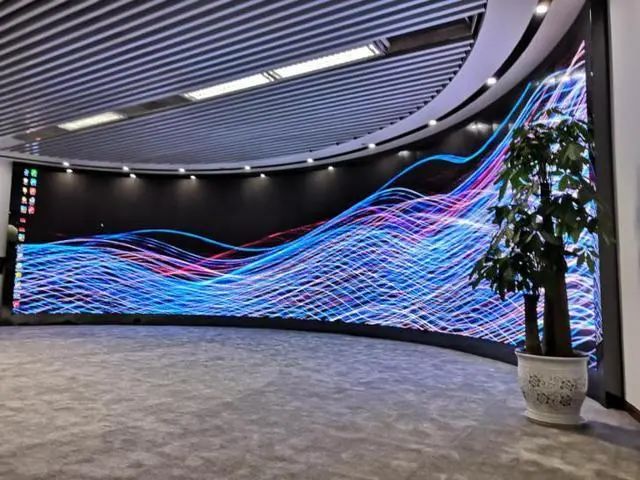
Trends in Continuous Technological Advancement
From the current development trend, MINI LED technology has many promising advancements in the future.
In terms of the number of partitions, industry experts predict that by 2024, the number of partitions in MINI LED backlight TVs will consistently concentrate around 200 partitions. The improvement in picture quality from increasing the number of backlight partitions in MINI LED TVs exhibits a “diminishing marginal effect”; when increasing from 100 to 300 partitions, the enhancement in contrast is most significant. However, continuing to increase the number of partitions will result in diminishing returns, and the number of partitions is positively correlated with the cost of MINI backlight, so considering overall picture quality and cost, the future number of partitions will stabilize at a more reasonable range.
The O/P ratio is also expected to improve further. The OD (Optical Distance) value, which represents the distance from the backlight lamp board to the diffusion board, affects halo control effects and cost factors. Currently, high-end MINI LED TVs can achieve an OD value of around 5mm, and MINI LED TVs are developing towards enhancing the light emission angle, which expands the pitch between MINI LEDs. Overall, the OP ratio (OD: Pitch) is gradually evolving from 1:2 in 2022 to around 1:3 in 2024, indicating a reduction in the amount of MINI LED chips used and further optimization of TV costs.
COB technology is maturing continuously. Although POB currently has higher maturity and lower costs in sorting, chip bonding, yield, and supply chain support, it is limited by packaging structure, optical design, and angle control, mainly used for large OD modules. In contrast, although COB technology currently has higher difficulty and costs, the entire process from materials to technology to production procedures is maturing. Companies like ZTE Semiconductor are continuously innovating to support its development. Moreover, by adopting strip lamp modes and other solutions, substrate material costs are effectively reduced, while downstream terminal brands also need it to enrich their product systems. Driven by both parties, the proportion of COB solutions in MINI LED backlight products is expected to rise to 20% by 2024, with further increases anticipated in 2025.
Additionally, chip sizes are expected to continue decreasing. With advancements in chip manufacturing processes, smaller chip sizes will make MINI LED screens more portable and thinner, such as in notebooks and other devices, achieving better lightweight design. At the same time, MINI LED driver circuits will continue to improve, achieving faster response speeds and higher reliability, thereby enhancing overall product performance and providing consumers with better user experiences.
Market Potential Forecast
Looking at the current market development trend and changes in consumer demand, the future market potential of MINI LED is quite promising.
In terms of market scale, MINI LED has maintained rapid growth in recent years. According to a report released by Lottu Technology, the global shipment of MINI LED TVs reached 4.25 million units in 2023, a year-on-year increase of 24.7%; it is expected that the growth will expand in 2024, scaling to 6.59 million units, and surpassing 10 million units by 2025. In the Chinese market, the annual sales of MINI LED TVs in 2023 reached 920,000 units, over 140% growth compared to 2022; it is projected to reach 1.85 million units in 2024, with a year-on-year growth of 101.1%. Additionally, Tianfeng Securities research believes that MINI LED, combining the advantages of LED and OLED, has a natural cost-performance ratio in terms of performance, with rapidly increasing demand for terminal products, a clear path for cost reduction, an increasingly complete industrial chain, and the formation of scale effects, suggesting that the MINI LED market is expected to witness significant growth in the coming years.
In the competition with other display technologies, MINI LED is gradually gaining an advantage. For example, in the television sector, in 2024, the penetration rate of MINI LED TVs is expected to rise from 2% in 2023 to 3.8%, while OLED TVs remain relatively stable, increasing from 2.6% in 2023 to 3.2%. This indicates that in 2024, the global shipment of MINI LED TVs is expected to surpass that of OLED TVs for the first time. Furthermore, in terms of pricing, taking 65-inch products as an example, the average price of OLED 65-inch TVs is about 1400 yuan higher than that of MINI LED TVs, leading consumers to prefer MINI LED products that offer comparable performance at a more affordable price.
With the continuous expansion of application scenarios, the market share of MINI LED is expected to further increase. In addition to the television sector, it is gradually penetrating and showing its advantages in numerous fields such as notebooks, monitors, mobile phones, automotive displays, and wearable devices. For example, in the notebook sector, brands like Apple and MSI have launched products equipped with MINI LED screens, gaining increasing market popularity due to their advantages in reducing light leakage, enhancing contrast, extending lifespan, and aiding product lightweight design; in the monitor field, major PC manufacturers like ASUS and Lenovo widely apply MINI LED screens to meet user demands.
